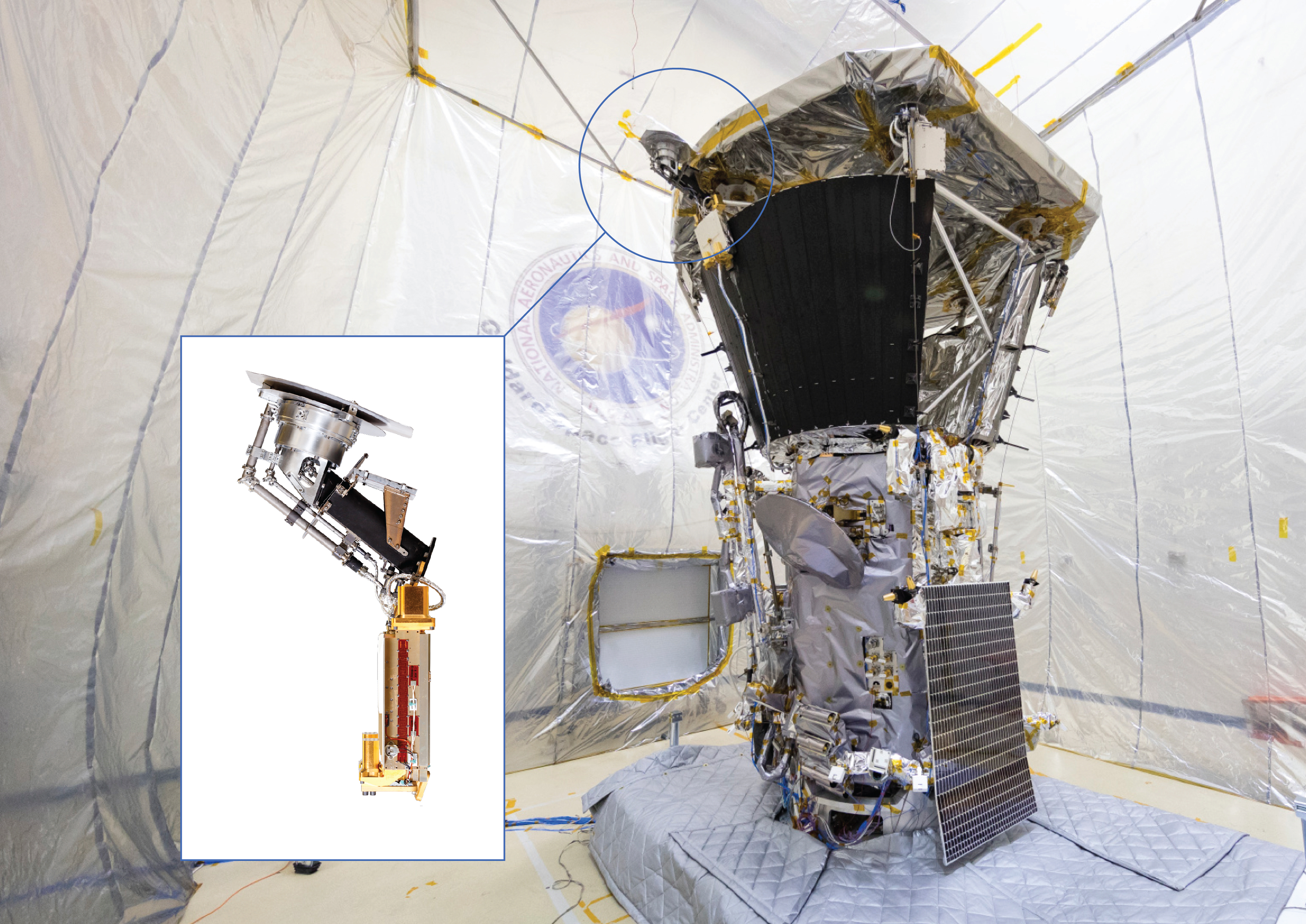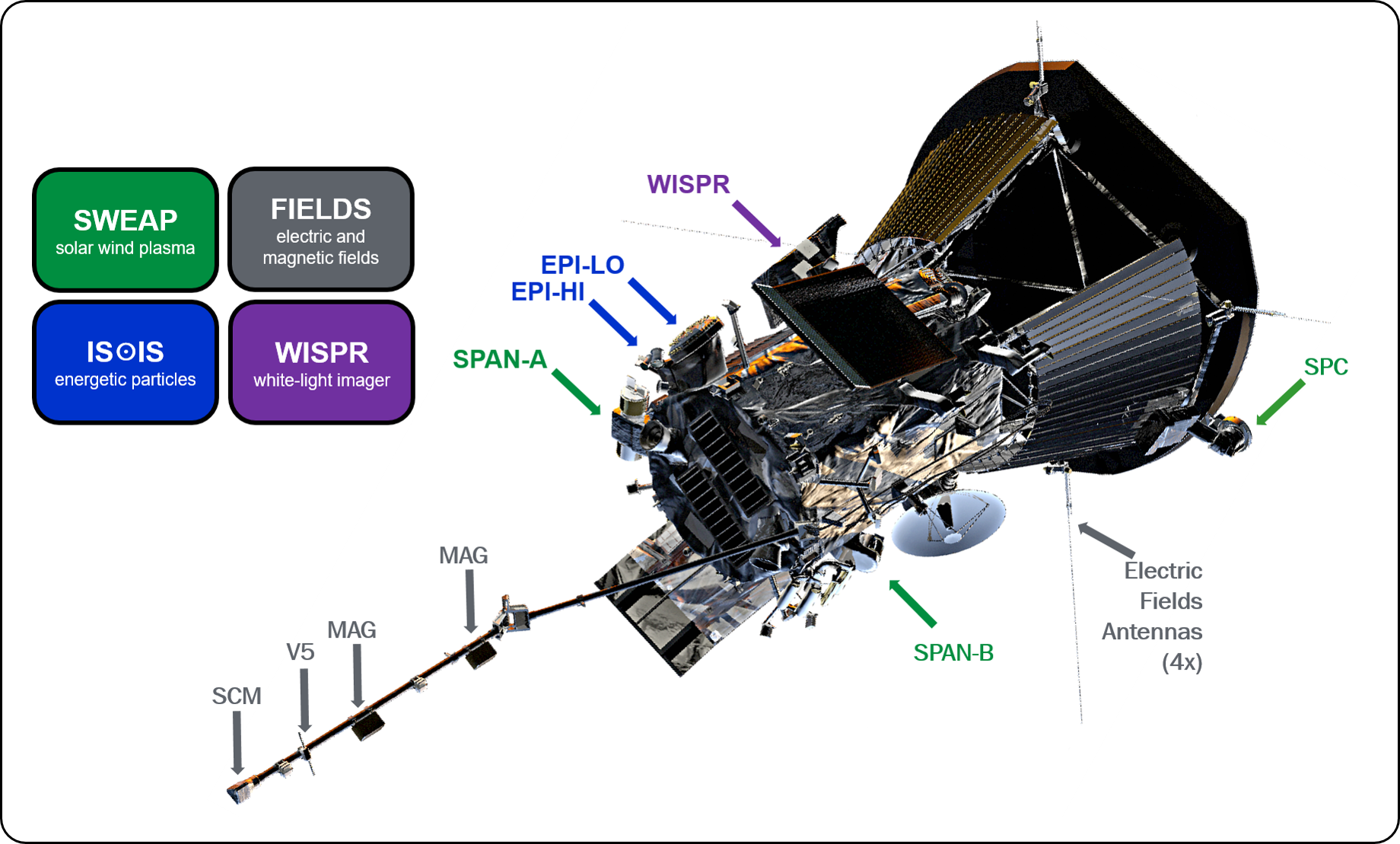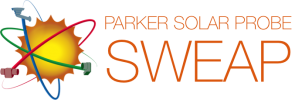The original concept for the Parker Solar Probe mission dates back to the 1990's. The finalized design was launched on August 12th, 2018 and plans to operate through 2025. The spacecraft was designed and built by the Johns Hopkins University Applied Physics Laboratory in Laurel, Maryland. PSP uses a series of gravitational encounters with the planet Venus to gradually lower the orbit of the spacecraft until it enters the outer atmosphere, or corona, of the Sun.

The solar-powered probe weighs about 1,350 pounds with an 8-foot-diameter and a 4.5-inch-thick carbon foam solar shield atop the spacecraft body. The solar arrays retract and extend as the spacecraft swings toward or away from the Sun during several loops around the inner solar system, making sure the solar panels stay at the proper temperatures and power levels. At closest approach, the spacecraft must survive solar intensity more than 500 times what spacecraft experience while orbiting Earth. Rigorous testing was required to ensure that the spacecraft would be able to endure the harsh conditions of the solar atmosphere. Check out the spacecraft web page at JHU/APL for more details.
PSP Instruments

The scientific payload was built by a large number of institutions across the world and measures the particles and fields that make up the corona and solar wind. PSP is comprised of the following instruments:
- Solar Wind Electrons Alphas and Protons Investigation (SWEAP), which counts the most abundant particles in the solar wind — electrons, protons, and helium ions — and measures their properties. SWEAP uses four sensors to gather the measurements of the coronal and solar wind plasma needed to meet PSP science objectives. Principal Investigator: Justin C. Kasper of the University of Michigan
- Wide-field Imager for Solar Probe Plus (WISPR), a telescope that takes 3-D images of the Sun’s corona and inner heliosphere. The experiment “sees” the solar wind and provides 3-D images of shocks and other structures as they approach and pass the spacecraft. This investigation complements the rest of the payload by remotely imaging the same plasma that the other instruments directly sample. Principal Investigator: Russell Howard, Naval Research Laboratory
- Electromagnetic Fields Investigation (FIELDS), which measures electric and magnetic fields and waves, spacecraft floating potential, density fluctuations, and radio emissions. FIELDS comprises two fluxgate magnetometers, a search coil magnetometer and five electric-field antennas Principal Investigator: Stuart Bale, University of California Space Sciences Laboratory
- Integrated Science Investigation of the Sun (IS☉IS), which consists of two instruments that will take an inventory of elements in the Sun’s atmosphere using a mass spectrometer to weigh and sort ions in the vicinity of the spacecraft. IS☉IS is composed of two independent instruments (EPI-Hi and EPI-Lo) covering different (and overlapping) energy ranges. This suite will make observations of energetic electrons, protons, and heavy ions that are accelerated to high energies (10s of keV to 100 MeV) in the Sun’s atmosphere and inner heliosphere.. Principal Investigator: David McComas, Princeton Plasma Physics Lab.
